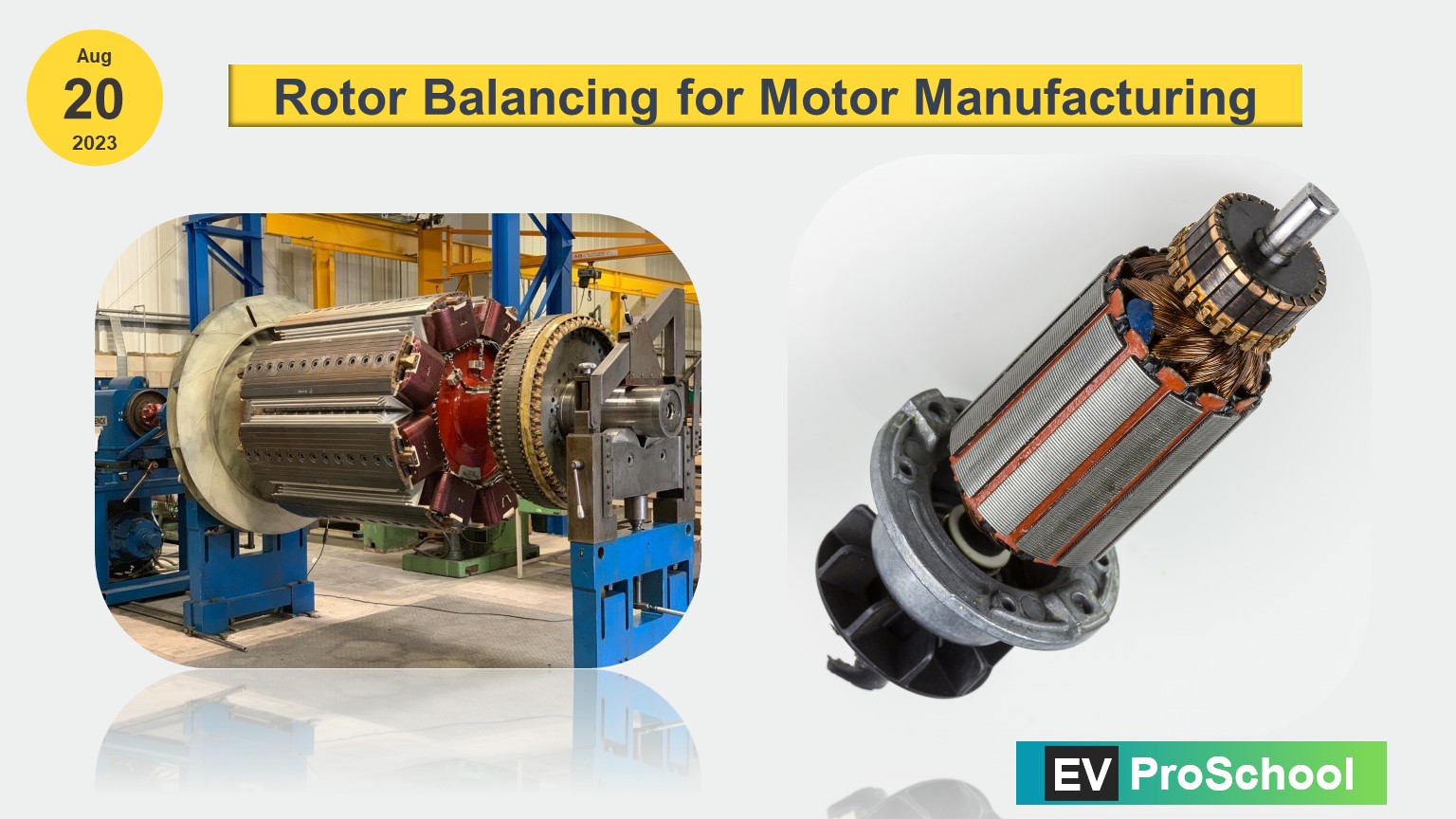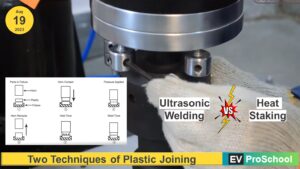Have you ever wondered how electric motors run so smoothly and quietly, powering various devices and machines around us? One essential factor that ensures their smooth operation is rotor balancing. In the world of motor manufacturing, rotor balancing to ISO G 2.5 plays a crucial role in achieving optimal performance and reducing vibrations. In this beginner’s guide, we’ll delve into the basics of rotor balancing, its significance, and how it is carried out to meet the ISO G 2.5 standard.
Understanding Rotor Balancing: Why is it Essential?
A motor’s rotor is a critical rotating component that converts electrical energy into mechanical motion. During operation, the rotor spins at high speeds, generating centrifugal forces. If the rotor is not properly balanced, uneven weight distribution can lead to vibrations, noise, and even damage to the motor and connected machinery. Rotor balancing aims to distribute the rotor’s mass evenly, minimizing vibrations and ensuring smooth, efficient, and reliable motor performance.
The ISO G 2.5 Standard: What does it Mean?
The International Organization for Standardization (ISO) sets guidelines and standards for various industries to ensure product quality and consistency. In the context of rotor balancing, ISO G 2.5 is a widely accepted standard that specifies the permissible amount of unbalance allowed in a motor’s rotor.
Understanding ISO G 2.5 in Simple Terms:
Imagine you have a motor’s rotor placed on a balancing machine. The rotor is perfectly balanced if it remains at rest in any position on the balancing machine. However, if it tilts to one side due to uneven weight distribution, it is said to have unbalance. The ISO G 2.5 standard sets limits on the amount of unbalance allowed, ensuring that the rotor’s weight is evenly distributed within specific tolerance levels.
Rotor Balancing Process: Step-by-Step
- Identification of Unbalance To begin, the rotor is placed on a balancing machine, which detects any unbalance by measuring the tilt or displacement caused by uneven mass distribution.
- Determination of Correction Weight: Once the unbalanc`e is identified, the balancing machine calculates the amount and position of additional weight needed to balance the rotor.
- Adding Step 2 Balance Weights: To counteract the unbalance, balance weights are added at specific positions on the rotor. These weights are carefully calculated to achieve the ISO G 2.5 standard.
- Trial and Error Iterations: Achieving perfect balance may require several iterations of adding and adjusting the balance weights until the desired tolerance level is met.
- Final Verification: After the balancing process, the rotor is rechecked on the balancing machine to ensure it now meets the ISO G 2.5 standard. If necessary, further adjustments are made.
Benefits of Rotor Balancing to ISO G 2.5
- Improved Motor Performance: Proper rotor balancing reduces vibrations, ensuring smoother motor operation and increased energy efficiency.
- Enhanced Reliability: Minimizing unbalance extends the motor’s lifespan and reduces wear and tear on bearings and other components.
- Reduced Noise: Balanced rotors result in quieter motor operation, crucial for noise-sensitive applications.
- Prevention of Equipment Damage: By avoiding excessive vibrations, rotor balancing protects connected machinery from potential damage.
Conclusion:
Rotor balancing to ISO G 2.5 is an essential practice in motor manufacturing, ensuring optimal performance, reliability, and durability. By achieving perfect balance, motors can run smoothly, efficiently, and quietly, serving as the silent workhorses behind countless applications in our modern world. With this basic understanding of rotor balancing, we appreciate the meticulous engineering that goes into making electric motors the heart of so many industries.
So, next time you switch on an appliance or ride an electric vehicle, remember the critical role played by rotor balancing in delivering a seamless and harmonious experience.
Note: Rotor balancing to ISO G 2.5 involves precision and specialized equipment. Manufacturers follow strict procedures to meet the standard and ensure motor quality. This beginner’s guide provides a simplified overview of the concept for easy understanding.


